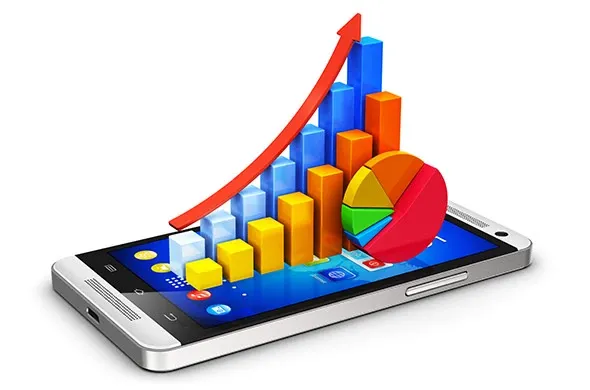After declining 0.3% in 2017, the worldwide smartphone market is expected to contract again in 2018 before returning to growth in 2019 and beyond, according to IDC.
Shipments are forecast to drop 0.2% in 2018 to 1.462 billion units, which is down from 1.465 billion in 2017 and 1.469 billion in 2016. Looking further out, IDC expects the market is to grow roughly 3% annually from 2019 onwards with worldwide shipment volume reaching 1.654 billion in 2022 and a five year compound annual growth rate (CAGR) of 2.5%.
The biggest driver of the 2017 downturn was China, which saw its smartphone market decline 4.9% year over year. Tough times are expected to continue in 2018 as IDC forecasts consumption in China to decline another 7.1% before flattening out in 2019. The biggest upside in Asia/Pacific continues to be India with volumes expected to grow 14% and 16% in 2018 and 2019.
"With 2017 now behind us a lot of interesting market dynamics are unfolding," said Ryan Reith, program vice president with IDC's Worldwide Quarterly Mobile Device Trackers. "Even though it declined 5% in 2017, China remains the focal point for many given that it consumes roughly 30% of the world's smartphones. But plenty of pockets of growth can be found beyond China. India is now grabbing headlines and the market itself is going through some rapid transformation.
Outside of Asia/Pacific, the biggest regions for growth will be the Middle East, Africa, and Latin America. All three regions have relatively low penetration rates and plenty of upsides. Economic challenges have been the main inhibitor over the past two years, but IDC expects consumer spending to rise throughout the forecast and smartphones to be a big benefactor.
The other catalyst to watch will be the introduction of 5G smartphones. IDC predicts the first commercially ready 5G smartphones will appear in the second half of 2019 with a ramp up across most regions happening in 2020. IDC projects 5G smartphone volumes to account for roughly 7% of all smartphones in 2020 or 212 million in total. The share of 5G devices should grow to 18% of total volumes by 2022.
"Although overall smartphone shipments will decline slightly in 2018, the average selling price (ASP) of a smartphone will reach $345, up 10.3% from the $313 ASP in 2017," said Anthony Scarsella, research manager with IDC's Worldwide Quarterly Mobile Phone Tracker. "This year will continue to focus on the ultra-high-end segment of the market as we expect a surge of premium flagship devices to launch in developed markets in 2018. Moving forward, we can expect this trend to continue as the ASP for a smartphone will continue to grow throughout the forecast period. In 2022, the final year of our forecast period, the average selling price for a smartphone will be $362, resulting in a 5-year CAGR of 2.9%.
Android's share of total smartphones is expected to remain relatively stable at 85% of total shipments worldwide. Volumes are expected to grow at a five-year CAGR of 2.5%, with shipments totaling 1.41 billion by 2022. There is no question that Android is the OS of choice for the mass market and nothing leads us to believe this will change. IDC estimates that 98% of Android phones will ship with screens larger than 5 inches by 2022, with 36% being 6 inches or larger. While some of this will remain premium flagship models, the aggregate ASP of Android phones with a 6-inch screen or greater by 2022 is projected to be $414.
iPhone volumes are expected to grow 2.6% in 2018 to 221 million in total. IDC is forecasting iPhones to grow at a five-year CAGR of 2.4%, reaching volumes of 242 million by 2022. With rumors of some upcoming larger screen iOS smartphones, IDC has changed its screen size forecast for Apple by introducing volumes greater than 6 inches. Products are likely to begin shipping in the fourth quarter of 2018, with volumes ramping up and accounting for 36% of all iPhones shipped by 2022.



















